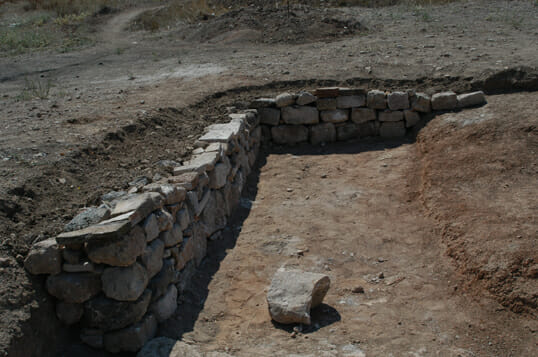- Course No E – 1232
- PDH Units 3.00
No data found for Custom Course Number
No data found for Custom Course Units
- Course No E – 1232
- PDH Units 3.00
Intended Audience: civil engineers, structural engineers, geotechnical engineers, and geologists
PDH UNITS: 3
Retaining walls must be designed so that foundation pressures do not exceed allowable bearing pressures, wall settlements are tolerable, safety factors against sliding and overturning are adequate, and the wall possesses adequate structural strength. Methods for evaluating earth pressures on retaining walls and design procedures are summarized herein for cohesionless backfill materials, which should be used whenever practicable. Course Outline 1. DESIGN CONSIDERATIONS FOR RETAINING WALLS 2. EARTH PRESSURES 3. EQUIVALENT FLUID PRESSURES 4. DESIGN PROCEDURES FOR RETAINING WALLS 5. CRIB WALL 6. EXCAVATION SUPPORT SYSTEMS 7. STRUTTED EXCAVATIONS 8. STABILITY OF BOTTOM OF EXCAVATION 9. ANCHORED WALLS This course will give you an introduction to the design and construction issues for excavation support structures and retaining walls.
Learning Objectives
At the successful conclusion of this course, you’ll be able to identify and discuss:- Learn about forces acting on retaining walls;
- Learn about active and passive earth pressures;
- Learn how to design for surcharge and dynamic loads on retaining walls;
- Learn how to apply the equivalent fluid pressure method in retaining wall design;
- Learn the criteria to apply in selecting earth pressures as the basis of retaining wall design.;
- Learn the importance of designing for overturning forces acting on retaining walls; and
- Learn how to design for sliding forces acting on retaining walls..
Once completed, your order and certificate of completion will be available in your profile when you’re logged in to the site.










